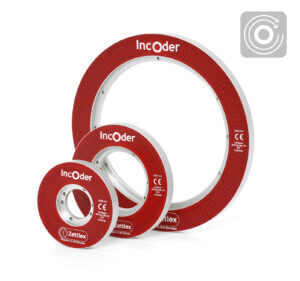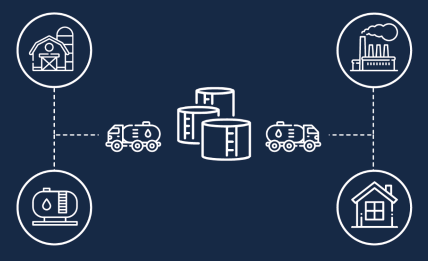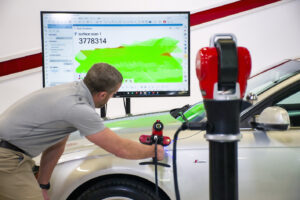Wyld Networks has announced the availability of its new range of low-power, sensor-to-satellite LoRaWAN terminals and modules for IoT applications across areas where there is little or no alternative connectivity. The Wyld Connect hybrid devices can transfer data directly to terrestrial networks or through a network of Low Earth Orbiting (LEO) satellites through a partnership with Eutelsat. With 100 percent global coverage, the new Wyld Connect solutions are ideal for applications in remote areas for agriculture, environmental monitoring, energy, supply chain and utilities. The full sensor-to-satellite service will be available in the second half of 2022.
The Wyld Connect hybrid terminal can connect directly to existing sensors, while the small modules can be fully integrated into IoT sensors as an embedded solution. Data is delivered from the satellite ground station or terrestrial LoRaWAN gateway through Wyld’s cloud-based Fusion platform, which also allows IoT sensors to be registered, configured, authenticated, and managed remotely.
“The huge demand for IoT connected sensors and devices is being held back by the lack of ubiquitous global connectivity,” says Alastair Williamson, CEO at Cambridge-based Wyld Networks. “It is estimated that only around 15% of the earth’s surface is covered by cellular networks and it is simply not practical or cost effective to install costly, high maintenance network infrastructure over tens of thousands of square kilometres. Only satellites can provide this coverage and in contrast to expensive, power hungry VSAT systems, LEO satellites provide the low-cost solution needed to catapult IoT growth around the world.”
The prospect of global IoT connectivity is already attracting international attention and Wyld is working on trials with companies such as Bayer, Chevron, Treevia, Agrology, KWS, Agrocognitive, Wezen Group and others. Wyld is also partnering with TrakAssure on the design and production of a new sensor-enabled device for global supply chains and asset tracking ecosystems. By making satellite IoT competitive with terrestrial solutions but with the benefit of global connectivity, Wyld is opening up a wide range of new IoT applications, from measuring soil conditions and maintaining biodiversity to monitoring assets in the energy sector and utilities infrastructure.
“Existing LPWA networks such as LoRaWAN are ideal to connect low power assets and sensors that don’t need to send much data, but they currently rely on a limited terrestrial infrastructure,” said Luc Perard, Senior Vice President, IoT Business at Eutelsat. “Wyld’s new sensor-to-satellite LoRaWAN terminals and modules now make it possible to harness our network of LEO satellites to deliver low-cost, hybrid terrestrial and satellite connectivity over 100% of the earth’s surface.”
In addition to partnering with Eutelsat to provide LoRaWAN coverage via its low earth orbiting satellites, Wyld is also partnering with leading terrestrial LoRaWAN network providers including Senet and American Tower. And to ensure low power consumption at all times, Wyld has implemented a unique beaconing technology developed with Eutelsat that ensures that the terminal and sensor remain in sleep mode until a satellite is available to collect data.
 Instrumentation Monthly Test | Measurement | Control
Instrumentation Monthly Test | Measurement | Control




 “We are truly delighted with this
“We are truly delighted with this 










